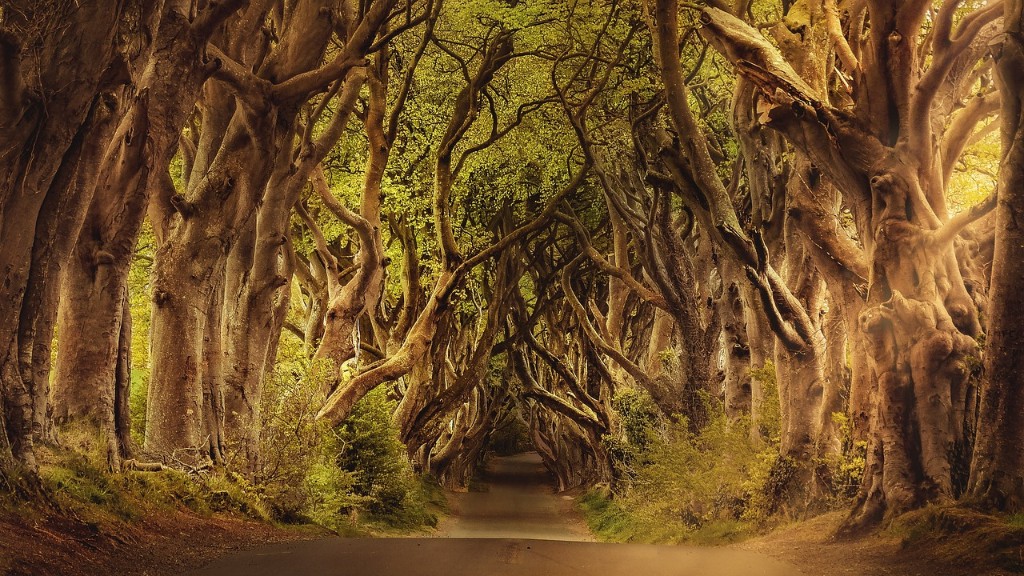A Leading Cause of Deforestation in the Amazon Rainforest
Deforestation is a significant issue threatening the Amazon Rainforest, one of our planet’s most vital ecosystems. Numerous factors contribute to this environmental crisis, but a leading cause of deforestation in the Amazon is illegal logging. The uncontrolled extraction of timber represents a major threat to the rainforest’s biodiversity and the Indigenous communities that depend on its resources.
The Amazon Rainforest is home to an estimated 400 billion individual trees, storing vast amounts of carbon and supporting countless species. However, according to data from the National Institute for Space Research (INPE) in Brazil, illegal logging accounts for almost 80% of all deforestation in the Amazon. This destructive practice involves extracting timber without the proper permits, leading to major ecological imbalances and irreversible damage to the rainforest ecosystem.
“Illegal logging in the Amazon Rainforest is not only devastating for the environment but also threatens local communities and Indigenous populations,” says environmental activist Maria Santos. “Many Indigenous tribes rely on the rainforest for their way of life, and the destruction of their ancestral lands has severe consequences for their cultural identity and well-being.”
The timber industry, driven by the global demand for wood products, fuels the illegal logging operations in the Amazon. Valuable tree species like mahogany and Brazilian nut trees are targeted, often ending up in international markets where they are used for furniture, flooring, or construction materials. The lack of effective regulations and enforcement in the region contributes to the profitability of these illegal activities.
Efforts to combat illegal logging and deforestation in the Amazon have been made both at a national and international level. Brazil, as the country hosting the largest portion of the Amazon Rainforest, plays a crucial role in addressing this issue. The Brazilian government has implemented stricter policies and increased monitoring and surveillance to curb illegal logging. However, the fight against deforestation requires coordinated international action and support to tackle the underlying drivers of this destructive practice.
“The Amazon Rainforest is a global treasure, and it is essential that we all work together to protect it,” emphasizes environmental scientist Dr. Carlos Silva. “Reducing the demand for illegal timber, supporting sustainable alternatives, and promoting responsible consumption are key steps in addressing the root causes of deforestation.”
Informing consumers about the origin of wood products and urging them to seek certified sustainable alternatives is vital in reducing the market for illegally sourced timber. Additionally, supporting organizations and initiatives that promote reforestation efforts and sustainable land use practices in the Amazon can have a significant impact on the restoration of the rainforest.
The Role of Agriculture in Deforestation
In addition to illegal logging, agriculture is another prominent factor driving deforestation in the Amazon Rainforest. As global demand for agricultural commodities like beef, soybeans, and palm oil grows, vast areas of the rainforest are cleared to make way for farmland.
The expansion of cattle ranching is particularly detrimental to the Amazon. Livestock farming occupies a large portion of newly deforested land, often at the expense of Indigenous territories and protected areas. The conversion of forested areas into pastures not only contributes to habitat loss but also releases significant amounts of greenhouse gases into the atmosphere due to the burning of trees and vegetation.
“The agricultural industry, driven by profit motives, overlooks the devastating consequences of deforestation. Indigenous communities and wildlife pay the price for this unsustainable expansion,” warns biologist Ana Ferreira. “We need to find alternative solutions that prioritize both economic development and the preservation of the Amazon Rainforest.”
The Impact on Biodiversity
The consequences of deforestation reach far beyond the destruction of trees. The Amazon Rainforest is one of the most biodiverse regions on Earth, housing an incredible variety of plant and animal species. With every acre of forest lost, countless species face the risk of extinction, disrupting the delicate balance of the ecosystem.
“The Amazon Rainforest is a global hotspot for biodiversity, and each species plays a crucial role in maintaining the health of the ecosystem,” explains ecologist Dr. Sofia Rodrigues. “The loss of their habitats due to deforestation has irreversible consequences for both local and global biodiversity.”
Furthermore, the Amazon Rainforest is home to several Indigenous tribes that have lived in harmony with nature for centuries. Their unique knowledge and sustainable practices contribute to the preservation of the rainforest’s biodiversity. However, deforestation threatens the survival of these communities and erodes the traditional ecological knowledge passed down through generations.
The Future of the Amazon Rainforest
The urgency to address deforestation in the Amazon Rainforest cannot be understated. Without immediate action, the consequences will be dire, impacting not only the region’s biodiversity but also global climate patterns. The destruction of the Amazon would release vast amounts of carbon dioxide, further exacerbating climate change.
“We have a responsibility to future generations to protect the Amazon Rainforest,” says environmentalist Luisa Costa. “Preserving this fragile and unique ecosystem requires a shift in our mindset, consumption patterns, and political will to enforce sustainable practices.”
While the fight against deforestation may seem daunting, the potential for change lies in collective efforts. By supporting sustainable alternatives, demanding transparent supply chains, and advocating for stronger environmental regulations, we can make a difference. Together, we can safeguard the Amazon Rainforest and its invaluable contributions to our planet’s well-being.




